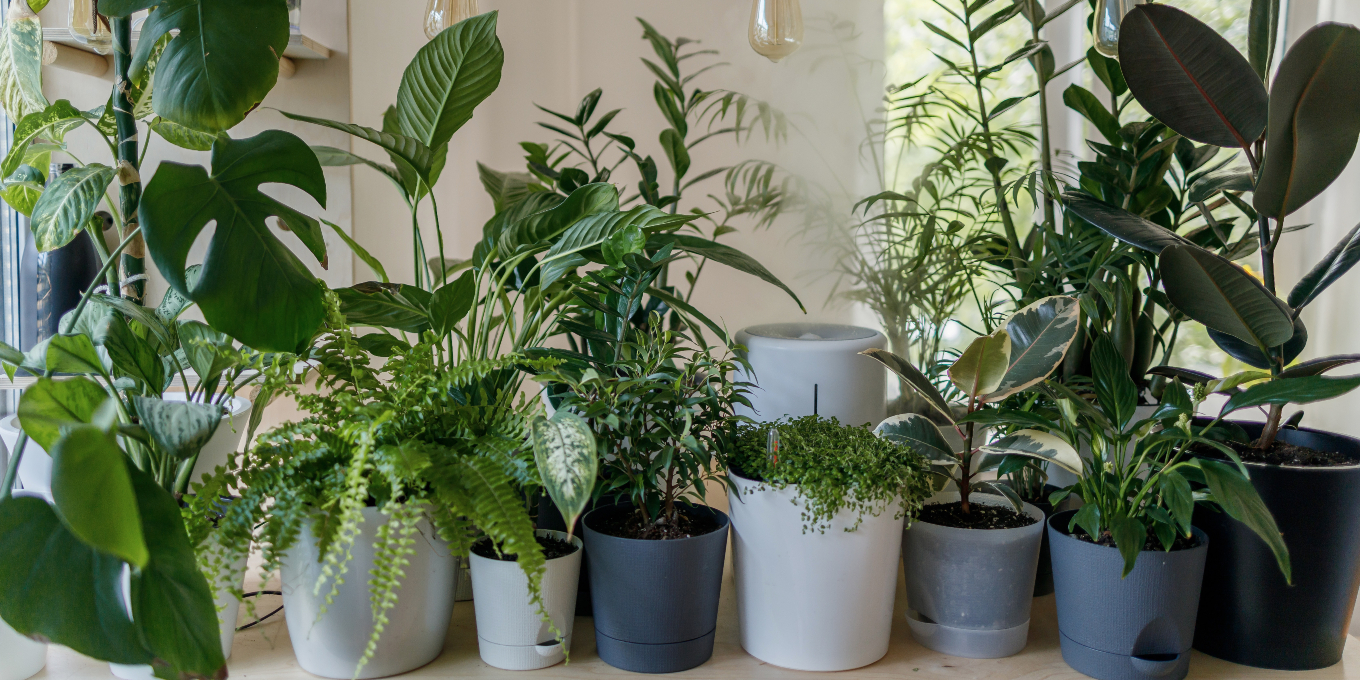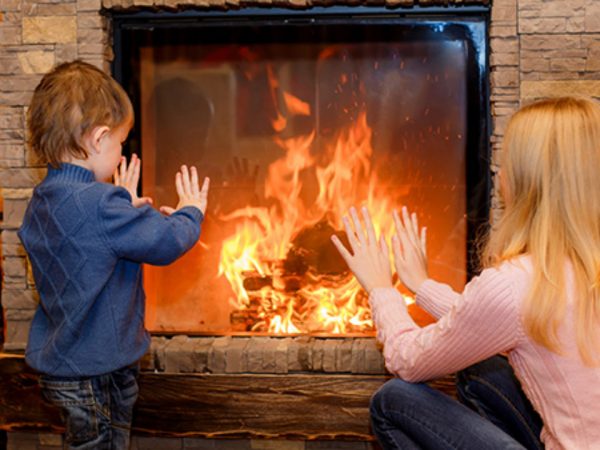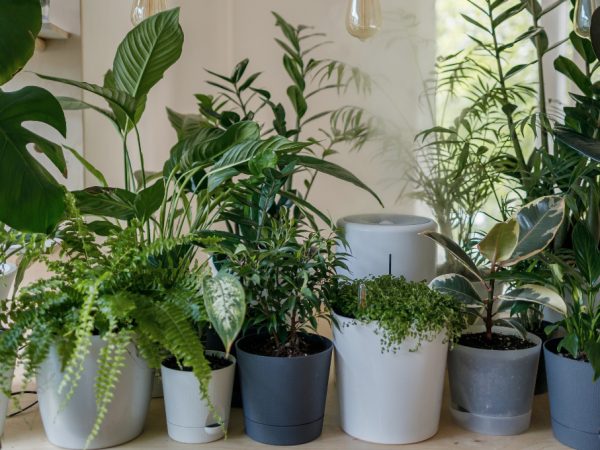Easy To Keep House Plants
If you don’t have a lot of time for watering your houseplants, you can pick hardy houseplants that only require watering about once a month. The frequency of watering will depend on the type of plant, its size, and the time of year. You can find the exact watering schedule by reading the botanical name of the plant. This information will help you when searching for plants online or in your local garden center.
Peace lilies
The best care for peace lilies is to water them as needed. If you over-water them, they will wilt and start to turn yellow, which is not healthy for them. They also do not like chlorine and other chemicals so you should avoid using them on your peace lilies. If you do choose to use a chemical, it’s best to buy one with Vitamin B1.
Peace lilies are great house plants because they don’t need a lot of water and are easy to care for. They will let you know when they are thirsty, and they will not die if you don’t give them enough water. They grow best in indirect light, and in fact, they thrive in low light, too. Direct sunlight will burn the leaves and wilt, so it’s best to place peace lilies in a window with a northern or eastern exposure.
Ponytail palms
Ponytail palms are best suited for the warm summer months, when they can be kept outdoors. During these months, you can spray the leaves with water and check for spider mites. If the leaves are yellow or brown, the plant has been infested by spider mites. To get rid of the problem, spray the leaves with neem oil or insecticidal soap. Make sure to reapply the treatments after every seven to 10 days.
Ponytail palms grow best in pots with a 2-inch diameter. The pot should have a drainage hole. Fill it with at least 1/3 of the recommended potting mix. Place the potted plant with the stem at the bottom of the pot. Do not bury the stem, as this will prevent the plant from growing properly.
Golden barrel cactus
The golden barrel cactus is not a drought-tolerant plant, but it does require minimal water. It prefers a well-drained soil. Water it infrequently from fall through early spring. During winter, simulate drought conditions by watering sparingly and letting the soil drain completely. In early spring, water it once or twice a week.
Golden barrel cacti are best grown indoors, but they can also be grown outdoors. When they’re young, they can’t tolerate direct sunlight, but they do well in indirect light. Once they’re established, they can move to a less shady location outside. If you’re planting it in a window, leave it in a place with good air circulation to prevent dampness.
Schefflera
Schefflera is one of those house plants that don’t need a lot of water, but they do like a slightly moist soil. However, their watering needs depend on several factors and aren’t consistent year round. The main one is temperature, which causes more water to evaporate, while cooler temperatures retain more moisture.
Schefflera can grow in both water and soil, and can be grown from a cutting. Just be sure to keep the plant moist and shaded from direct sunlight. After about a month, it will sprout tiny shoots and be ready for planting in the soil. It won’t reach its full 60-foot height, but it will be perfectly healthy.
Staghorn ferns
Staghorn ferns are relatively easy to care for indoors. However, they can be susceptible to certain pests, including mealybugs and aphids. These pests are found in the soil and may cause the plant to suffer from a variety of symptoms, including itchiness, vomiting, and loss of appetite.
The best place to place Staghorn ferns is in a sunny room with bright indirect light. The ferns grow well in rooms with windows that face north or east. They can also tolerate a small amount of low light.
Jade plants
Jade plants are easy to propagate from cuttings or a single leaf. The cuttings should be about three inches long and should be kept dry for a few days. After that, place the cutting in a well-draining potting mix. Once the roots begin to grow, water the plant on a regular basis.
Overwatering can result in yellowing leaves on your jade plant. To prevent this, make sure that the pot has drainage holes. If you see yellowing leaves, stop watering. This can cause the plant to shrivel and drop off.
Golden aglaonema
The Aglaonema plant grows five to six leaves per year. The leaves of this house plant need only moderate watering and should dry out between forty and seventy percent before receiving additional water. The exact moisture level for this plant will depend on its location and the amount of light it receives. Generally, it grows well in standard potting soil that has been amended with peat moss or perlite. The Aglaonema prefers temperatures between 65 and 80 degrees. Although it can tolerate colder temperatures, it will not thrive on cold windowsills. It will also appreciate a moderate to high humidity level.
The Aglaonema propagates by cuttings, division, or seeds. When propagating this house plant, it grows slowly, so dividing is an ideal method. Aglaonema cuttings should be removed when the stems are branched and a prominent trunk begins to form. Once the trunk is detached, the cuttings should be cut into sections of about four or five cm.
Snake plant
Snake plants are among the most drought-tolerant house plants. This houseplant can grow to five feet and more in a few years. Although they do not require much water, they do need repotting every two or three years to receive fresh nutrients. Repotting will also encourage new growth. As a rule of thumb, snake plants grow best in a narrow pot. Eventually, however, they will need a larger container to reach their full potential.
A snake plant can be challenging to kill, so make sure that you bring your plant indoors well before temperatures drop to 50 degrees Fahrenheit. If you are placing a snake plant indoors, bring it into a warm room that is free of drafts. During the winter months, snake plants go into a dormant period, and they only need water every six weeks.
String of pearls
If you want a house plant that doesn’t require a lot of water, you can try String of Pearls. This type of succulent thrives in a combination of indirect and direct sunlight. It needs about six to eight hours of sunlight per day, but it can also be kept in partial shade during the afternoon.
Since String of Pearls have small roots, they do not require a large pot. Small clay pots are ideal, as they allow the excess moisture to drain away and prevent the soil from drying out too quickly. Make sure the soil is well-drained, though, as over-watering can cause root rot.
Aloe
The amount of water an aloe plant needs depends on its light and temperature. In bright indirect light, the plant will require more water than in low indirect light. It is also important to note that the plant will need less water in cooler temperatures. It is best to avoid over-watering the plant and water it only as needed.
Depending on your climate, Aloe plants can thrive in partial shade. During summer, they can survive outdoors, while in winter they need to be moved inside. It’s important to give them time to adjust to the light before you put them in full sun. It may need a week or two to get used to the light.




